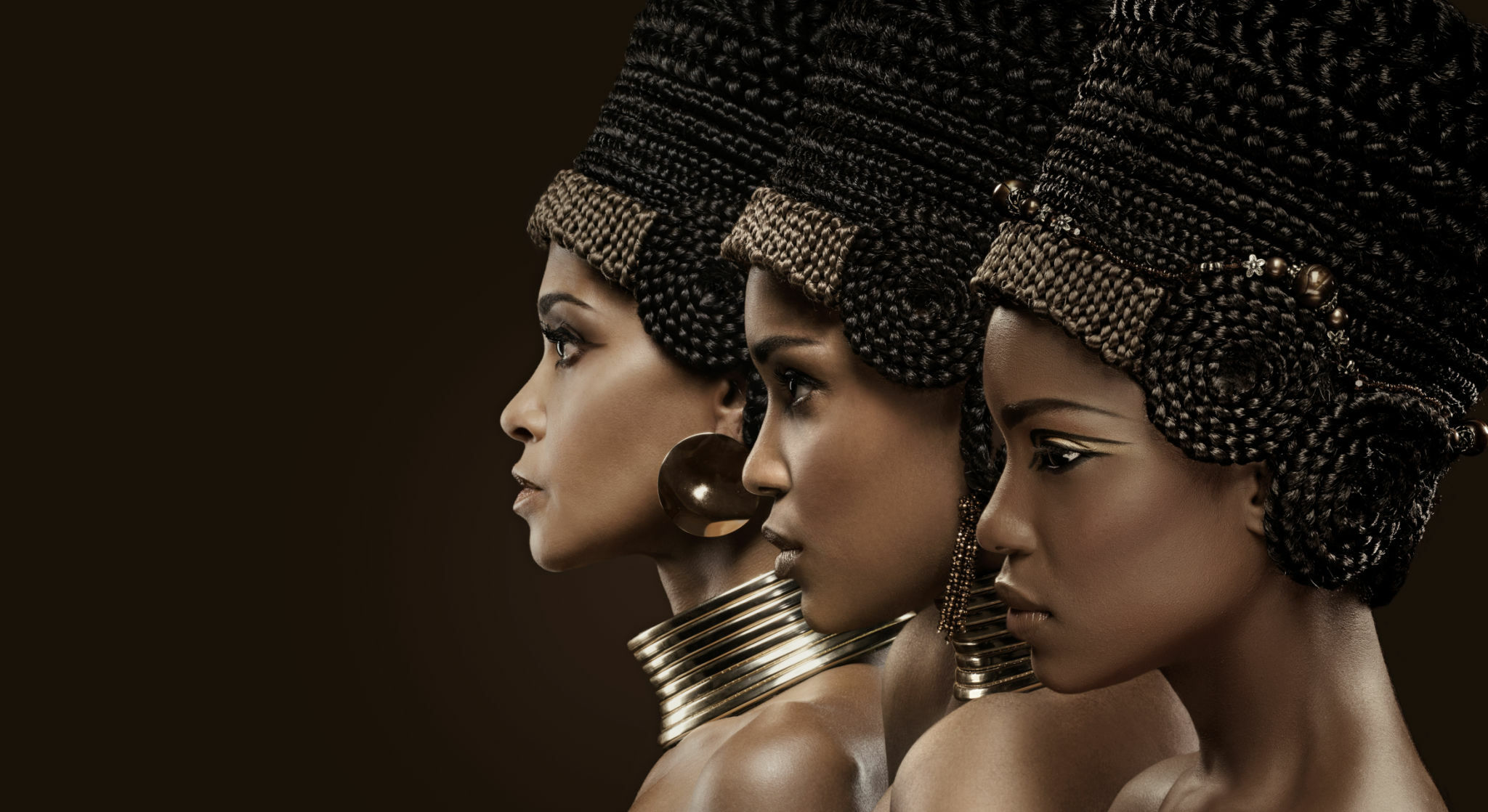Fashion is more than just clothing; it’s a reflection of culture, societal norms, and historical influences woven together over centuries. The evolution of fashion tells a captivating story, mirroring the dynamic changes in human civilization. Embark on a journey through time to explore the rich tapestry of world fashion history.
Ancient Beginnings
The origins of fashion may be found in ancient cultures. Ancient Egypt’s draped clothes, Ancient Greece’s tunics, and Imperial China’s elaborate robes are just a few examples of how clothing functioned as a status, identity, and cultural expression symbol in addition to being a need.

Elegant Medieval Style
The Middle Ages gave rise to a wide range of regional styles. Europe saw the splendor of medieval attire, which was defined by ornate apparel embellished with luxurious textiles and needlework. Asian cultures simultaneously showcased their own sense of style, as seen in the Byzantine Empire’s colorful silk clothing and the graceful Japanese kimonos.
Renaissance and Age of Enlightenment
The Renaissance saw a resurgence of artistic expression, which had an impact on fashion through ornate patterns and opulent materials. Simpler, more functional clothes became more popular throughout the Age of Enlightenment, a reflection of shifting intellectual ideas. Fashion developed from extravagance to refined elegance as a tool of self-expression.
The Fashion and Industrial Revolutions
The Industrial Revolution changed the way that apparel was made. Ready-to-wear apparel became widely available due to mass production processes, which signaled the transition from handcrafted to more standardized and reasonably priced fashion. The emergence of department shops and fashion periodicals had an impact on customer behavior and trends.
Cultural Movements and Fashion Subcultures
Fashion was altered by several cultural trends during the 20th century. From the flapper gowns of the Roaring Twenties to the counterculture of the 1960s, every age introduced new subcultures and trends. Grunge, punk, hippy, and other groups challenged conventions and encouraged personal expression, leaving a lasting impression on fashion.
Fusion and Lobalization of Styles
Globalization pushed fashion into a domain of cross-cultural fusion in the twenty-first century. The rise in popularity of traditional clothing from other cultures encouraged a celebration of variety on worldwide catwalks. Designers used aspects from many cultural backgrounds to create a mash-up of styles that cut beyond national borders.
Sustainability and Ethical Fashion
The fashion business confronts difficulties with ethical and sustainable methods. A paradigm change has occurred as a result of growing awareness of the effects on the environment, moral work practices, and the necessity for sustainable materials. Eco-friendly, ethical fashion is becoming increasingly important to designers and customers alike as they look to the future of the industry.

Innovation in Fashion and Technology
From 3D printing and wearable technologies to digital design tools, technological advancements have completely changed the fashion industry. Fashion and technology coming together has pushed limits and produced creative pieces that combine practicality with artistic expression.
Fashion’s Role in Society
Fashion remains a mirror reflecting societal shifts, cultural values, and individual expression. It influences and is influenced by politics, art, music, and various forms of creative expression. Beyond aesthetics, fashion serves as a powerful tool for social commentary and identity expression.







+ There are no comments
Add yours